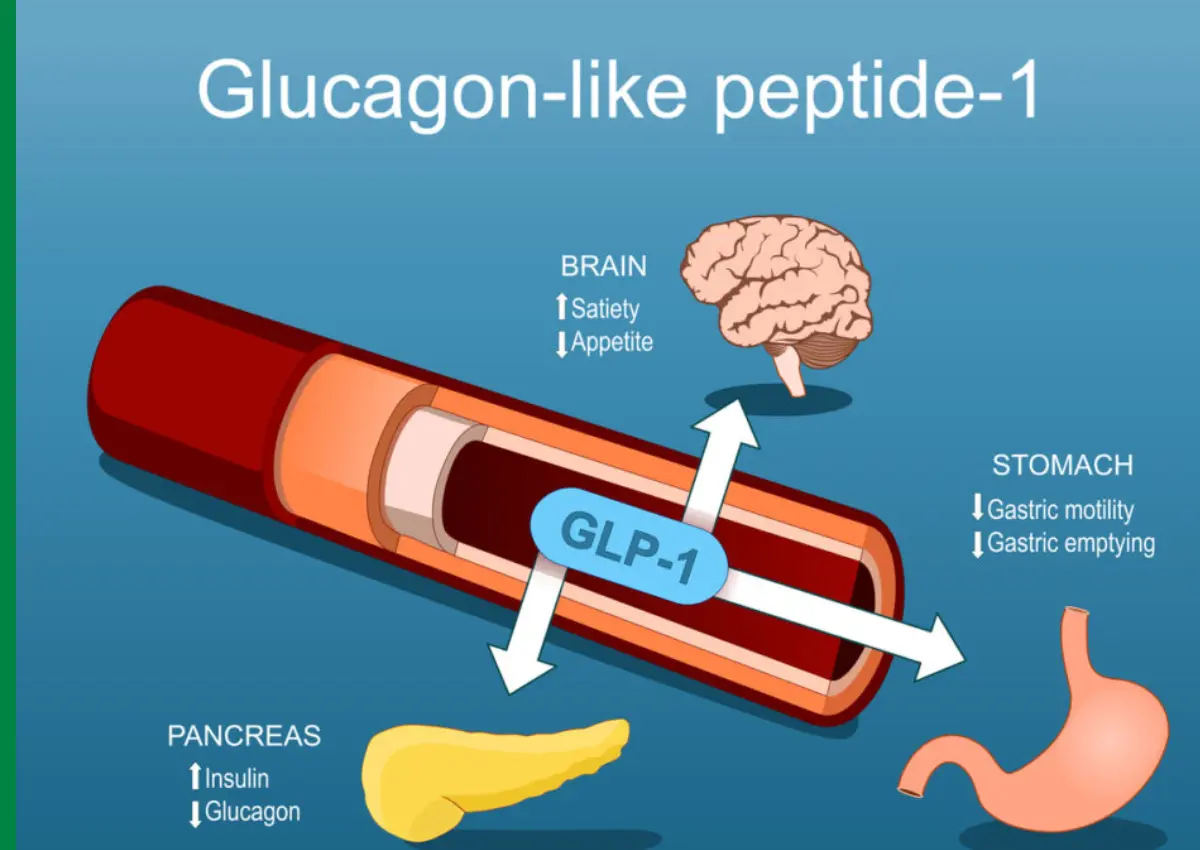Employees with the Indian governments are at a crossroad of opportunity that will determine their retirements; whether they will adopt the Unified Pension Scheme (UPS) or adopt the National Pension Scheme (NPS). As the September 30, 2025 deadline draws nearer, it has never been more crucial to know what the differences between these two schemes are.
It is a detailed insight you will know which will assist you in making a well informed decision regarding your future financial situation, and which will look at every detail such as contributions, benefits, security and flexibility.

What is Unified Pension Scheme(UPS) ?
The UPS represents a significant shift in India’s pension landscape. Unlike traditional pension schemes that leave retirees uncertain about their monthly income, UPS provides guaranteed benefits that ensure financial stability throughout your retirement years.
The scheme operates on a simple yet powerful principle: both you and the government contribute to a pension fund that guarantees specific benefits upon retirement. This dual contribution model ensures that your retirement income isn’t left to market uncertainties but is backed by government commitment.
Who Can Join the Unified Pension Scheme?
The eligibility criteria for UPS are designed to be inclusive while maintaining specific standards. Current Central Government employees under NPS who are still serving as of April 1, 2025, can choose to switch to UPS.
New recruits joining Central Government services on or after April 1, 2025, can opt for UPS right from the beginning of their careers. This gives fresh government employees the opportunity to build their retirement corpus under a scheme that offers guaranteed benefits.
Interestingly, the scheme also extends benefits to retired employees who were previously under NPS and retired by March 31, 2025, through superannuation, voluntary retirement, or under Fundamental Rules 56(j). Even the legally wedded spouses of deceased NPS subscribers who retired before exercising the UPS option can claim benefits under this scheme.
However, employees who resign before completing 10 years of service, or those removed or dismissed from service, are not eligible for UPS benefits. This requirement ensures that the scheme rewards dedicated service to the government.
Benefits of Unified Pension Scheme
The contribution structure under UPS is straightforward and beneficial. As an employee, you contribute 10% of your basic salary plus Dearness Allowance (DA) to the pension fund. The government matches this commitment by contributing 18.5% of your basic salary plus DA, creating a substantial retirement corpus over your career.
This contribution model is particularly attractive when compared to other pension schemes. The government’s higher contribution percentage demonstrates its commitment to ensuring adequate retirement income for its employees.
The scheme guarantees a pension equal to 50% of your average basic pay from the last 12 months before retirement, provided you complete at least 25 years of service. This assured pension provides financial predictability that many retirees desperately need.
For employees with shorter service periods, the scheme offers proportional benefits. Even if you complete only 10 years of service, you’re guaranteed a minimum pension of ₹10,000 per month upon superannuation. This minimum guarantee ensures that no eligible retiree faces financial hardship.
Family Protection and Survivor Benefits
One of the most compassionate aspects of UPS is its family protection feature. If you pass away after retirement, your spouse receives 60% of the pension you were receiving at the time of your death. This family pension continues for the spouse’s lifetime, providing crucial financial support during a difficult period.
The scheme also includes comprehensive gratuity benefits. Retirement gratuity is calculated as one-fourth of your emoluments multiplied by the completed six-monthly periods of service, capped at ₹25 lakhs or 16.5 times your emoluments, whichever is lower.
Death gratuity provides immediate financial support to families, with the amount varying based on the length of service. For employees with less than one year of service, families receive twice the monthly emoluments, while those with over 20 years of service receive half the emoluments for every six months of completed service.
Withdrawal Options and Flexibility
UPS recognizes that life sometimes requires access to funds before retirement. The scheme allows partial withdrawals up to three times during your service, with each withdrawal limited to 25% of your contributions. However, these withdrawals are permitted only after a three-year lock-in period and for specific purposes.
You can withdraw funds for purchasing or constructing a home (if you don’t already own one), funding your children’s higher education or marriage, covering medical expenses for chronic illnesses or disabilities, or pursuing self-development and skill enhancement. If you’re too unwell to apply, a family member can initiate the withdrawal process on your behalf.
At retirement, you can withdraw up to 60% of your corpus as a lump sum, though this will proportionally reduce your monthly pension. This flexibility allows retirees to balance their immediate financial needs with long-term income security.
What is National Pension Scheme (NPS)?
The National Pension Scheme is a government-regulated retirement savings plan administered by the Pension Fund Regulatory and Development Authority (PFRDA). Unlike traditional fixed-deposit schemes, NPS offers market-linked returns while providing substantial tax benefits under sections 80CCD and 80C of the Income Tax Act.
What makes NPS particularly attractive is its dual benefit structure. During your working years, you enjoy tax deductions on contributions, and at retirement, you receive both a lump sum withdrawal and a steady monthly pension.
This combination ensures financial security during your golden years while optimizing your tax burden throughout your career.
The scheme’s universal accessibility is another key advantage. Whether you’re a government employee, private sector professional, or self-employed individual, NPS welcomes everyone aged 18-70 years. Even parents can now open NPS Vatsalya accounts for their minor children, allowing families to start retirement planning early and harness the power of compounding over decades.
NPS Eligibility Criteria and Account Opening Process
Opening an NPS account is straightforward for Indian citizens, including Non-Resident Indians (NRIs). The primary requirements include being between 18-70 years old, completing KYC documentation, and having the legal capacity to enter contracts under Indian law. However, armed forces personnel, Overseas Citizens of India (OCIs), Persons of Indian Origin (PIOs), and Hindu Undivided Families (HUFs) are not eligible for NPS participation.
The account opening process begins with choosing between two major platforms: NSDL Protean Portal or KFintech Portal. Both platforms offer comprehensive online services, allowing you to manage your investments, track performance, and make contributions from anywhere in the world. Your Permanent Retirement Account Number (PRAN) serves as your unique identifier across both platforms.
The minimum investment requirement is remarkably low, making NPS accessible to investors across income levels. You need just ₹500 to open your account and ₹1,000 annually to keep it active. This low barrier to entry ensures that even young professionals starting their careers can begin building their retirement corpus immediately.
NPS Account Types and Investment Options
NPS offers two distinct account types designed to meet different financial needs. The Tier-I account serves as your primary retirement savings vehicle, offering tax deductions up to ₹2 lakh under section 80CCD. This account comes with withdrawal restrictions that actually work in your favor by preventing premature withdrawals and ensuring disciplined long-term saving.
The optional Tier-II account functions more like a flexible savings account, allowing withdrawals at any time without penalties. While Tier-II contributions don’t automatically qualify for tax benefits, they become eligible for section 80C deductions up to ₹1.5 lakh if you choose a three-year lock-in period.
Investment allocation in NPS follows two approaches: Auto Choice and Active Choice. The Auto Choice option automatically adjusts your equity-debt mix based on your age, gradually shifting from higher-risk, higher-return equity investments to safer debt instruments as you approach retirement. This lifecycle approach optimizes returns while managing risk appropriately for your age.
Withdrawal Rules and Retirement Planning
NPS withdrawal rules are designed to ensure genuine retirement planning while providing flexibility for emergencies. At normal retirement age (60 years), you can withdraw up to 60% of your corpus as a tax-free lump sum, while the remaining 40% goes into an annuity plan providing monthly pension payments.
For smaller corpus amounts up to ₹5 lakh, you have the option to withdraw the entire amount without purchasing an annuity. This flexibility is particularly beneficial for those who may have contributed smaller amounts over their careers.
In cases of premature exit before age 60, the withdrawal restrictions are stricter to discourage early encashment. Only 20% of the corpus can be withdrawn as a lump sum, while 80% must mandatorily go into an annuity. However, if your total corpus is ₹2.5 lakh or less, you can withdraw the entire amount.
The scheme also provides complete financial protection to your family. In the unfortunate event of the subscriber’s death, the entire accumulated corpus (100%) is paid to the nominee or legal heir without any restrictions.
How UPS Compares to the National Pension System
The differences between UPS and NPS are substantial and worth understanding. While NPS requires a 14% employer contribution, UPS receives an 18.5% contribution from the government. More importantly, NPS offers no guaranteed pension amount, with your retirement income depending entirely on market performance and the accumulated corpus.
UPS, on the other hand, guarantees 50% of your average basic pay as pension for employees with 25 years of service, regardless of market conditions. This predictability is invaluable for retirement planning. Additionally, UPS provides a minimum pension guarantee of ₹10,000 per month, while NPS offers no such safety net.
The family benefits also differ significantly. Under NPS, family payments depend on the available corpus and chosen annuity plan, while UPS guarantees 60% of the last drawn pension to surviving spouses.
UPS Vs. NPS— Important Considerations
If you’re currently under NPS and considering switching to UPS, remember that this decision is irreversible. The deadline for exercising this option is September 30, 2025, giving you time to evaluate your circumstances and future plans.
Consider your current age, years of service remaining, family situation, and risk tolerance. UPS offers security and predictability, making it attractive for those who prefer guaranteed benefits over potentially higher but uncertain returns from market-linked investments.
Final thoughts
In 2025, being a government employee, you can make up to two pension choices, between the Unified Pension Scheme (UPS) and the National Pension Scheme (NPS), it is not a financial choice, but a lifelong choice that can determine your retirement security.
The UPS provides certainty, which is a guaranteed pension, greater government contribution, and family protection that gives the peace of mind during unedifying periods. Alternatively, NPS is more flexible and possibly more rewarding but without any pension security and market-linked risks.Note that the deadline of opting in UPS ends on September 30, 2025.
FAQs
Can I switch from NPS to UPS after the September 30, 2025 deadline?
No, the decision to switch to UPS is final and must be made by September 30, 2025. Once this deadline passes, you cannot change your choice.
What happens if I die before retirement under UPS?
Your nominee receives death gratuity based on your service length. If you’ve completed less than one year, they receive twice your monthly emoluments.
Is the minimum pension of ₹10,000 under UPS adjusted for inflation?
Yes, the minimum pension under UPS receives Dearness Relief adjustments based on the All India Consumer Price Index for Industrial Workers, ensuring it maintains purchasing power over time.
Can I make additional voluntary contributions to UPS?
The scheme allows you to contribute additional amounts if your individual corpus falls short of the benchmark corpus at retirement, helping you maintain full pension benefits.
How is the 50% pension calculated under UPS?
The pension is calculated as 50% of the average basic pay (including DA) drawn during the last 12 months before retirement, provided you complete at least 25 years of service.
What happens to my NPS corpus if I switch to UPS?
Your existing NPS corpus gets transferred to UPS, and future contributions follow UPS rules.
Are there any charges or fees under UPS?
UPS follows the same fee structure as NPS for fund management and administration, ensuring transparency in cost management.



